 Back when I regularly reviewed exhibitions, I made it a habit to steer clear of group shows unless they had, at a minimum, some organizing principles. If they didn’t, I found I had little to say about them.
Back when I regularly reviewed exhibitions, I made it a habit to steer clear of group shows unless they had, at a minimum, some organizing principles. If they didn’t, I found I had little to say about them.
That holds true in spades for “art fairs” — gallery-dealer expos. You can turn gossip columnist and treat them as celebrity-spotting occasions, as many writers do. You can bring a deep knowledge of the market to them (as does my esteemed colleague Stephen Perloff at The Photograph Collector) and delve into what sold and what didn’t, the highest-ticket items, overall sales and what that might indicate about the condition of the market, gallerist/dealer perspectives on the event, etc. — for which I confess myself both unqualified and uninterested. Or, in the absence of any clear curatorial diegesis, you can go window-shopping, cherry-picking this or that item to single out for attention.
Having tried my hand at all of those strategies over the years with varying degrees of success, but in the mood for none of them this time around, I cast about for a different approach to The Photography Show 2016, hosted yet again at the Park Avenue Armory by the Association of International Photography Art Dealers (AIPAD). I settled on the poetic. — A. D. C.
•
Twenty Ways of Looking at an AIPAD
(with apologies to Wallace Stevens)
![]() I. Like most, you can approach an event on the order of AIPAD’s annual “Photography Show” as simply a marketing event and social occasion. Participating in it with that mindset has much in common with browsing a multi-family yard sale. A high-end yard sale, to be sure, definitely more Princeton than Spanish Harlem, but still a collectively compiled jumble drawn from whatever’s in inventory, priced to sell.
I. Like most, you can approach an event on the order of AIPAD’s annual “Photography Show” as simply a marketing event and social occasion. Participating in it with that mindset has much in common with browsing a multi-family yard sale. A high-end yard sale, to be sure, definitely more Princeton than Spanish Harlem, but still a collectively compiled jumble drawn from whatever’s in inventory, priced to sell.
II. You could also imagine it as a gigantic beehive occupying a full city block, one in which the worker bees guard neither eggs nor nectar but, instead, safeguard precious time capsules, each of them containing one or more specific moments.
III. Or you can consider AIPAD as a (if not the) materialization of the ever-accumulating wreckage of the past on which what German philosopher Walter Benjamin called “the angel of history” looks back as he gets blown inexorably into the future.
IV. Speaking of whom, you can view AIPAD as a (mostly) non-verbal version of the book that Benjamin planned to produce, comprised entirely of quotations from other sources. Benjamin structured his “Arcades Project” — first conceived in 1927 and unfinished when he died in 1940 — after the glass-roofed shopping malls of 19th-century Paris, epitomizing that “commodification of things” which he saw as the defining characteristic of modernity. With its high, vaulted ceiling and honeycomb of ground-level booths, the Park Avenue Armory — built in 1880 — evokes the atmosphere of the Parisian arcades, though instead of offering wildly different types of artifacts it presents a wide variety of a single class of object.
V. Benjamin found in these formally organized, carefully designed souks a model for his own memory palace, perfectly suited for the storage of quotations that he divided into 36 categories with such headings as “Fashion,” “Boredom,” “Dream City,” “Catacombs,” “Advertising,” “Prostitution,” “Baudelaire,” “Theory of Progress” — and, tellingly, “Photography.” Notably, photographs pertinent to all of Benjamin’s themes can be found in one or another booth at AIPAD.
VI. As an alternative, you can visualize AIPAD as an introduction to the history of photography. Considered as such, it serves a useful pedagogical function while also confirming Einstein’s theory of relativity and the extrapolation therefrom developed by his former college teacher in mathematics, Hermann Minkowski.
VII. Imagine, if you will, a cross-section of the space-time continuum, in the shape of a moebius strip. This resembles Einsteinian-Minkowskian space-time (and history as it manifests itself therein), as opposed to the straight-line concept of time with the past at one end, the future at the other, and the now somewhere in the middle.
VIII. In this continuum version of photo history, represented in microcosm by AIPAD’s “Photography Show,” all points in time are accessible from any one point, coexisting in a constant now. Photo history thereby forms in effect an endless loop — but a permeable one, into which new elements get introduced while others fade from sight.
IX. Think here of the visitor (yourself, if you will) pushing a pin through that moebius strip, simultaneously transfixing two separate moments in time. Better yet, think of Roland Barthes extracting from his consciousness his famous punctum — that which “shoots out of [the photograph] like an arrow and pierces me” — turning it around, and pushing it through two layers of the loop, thus touching four moments in time at once.
X. Superficially, a few things endure as fixtures in this landscape; there will be a Weston pepper or nude, a Weegee street scene, an Adams “Moonrise,” a Lange “Migrant Mother.” But this ostensible familiarity masks a deeper instability, because these will almost never be the identical Weston, Weegee, Adams, or Lange one encountered there previously, but variants thereon, their idiosyncratic differences painstakingly annotated on small, neatly printed wall labels.
XI. Or they will be related but different images by those photographers. Or similar images by photographers they influenced. Or deconstructions of those iconic works — reenactments of them, imitations of them (perhaps in Play-Doh), altered versions of them, collages made from them, and other offspring derived from them. All self-consciously commenting on their progenitors while feeding vampirically on the very “aura” for which Walter Benjamin predicted (incorrectly) that photography would function as a purgative.
XII. Ranging alongside these illusory fixtures you will find a dizzying array of lesser-known works by picture-makers both better-known than those just named and less famous, even anonymous, some born well before the medium’s inception and some as young as millennials. These images come from around the world, exemplifying every known genre. Though made after 1830, many of them depict people and things much older than that, while others address quite recent subject matter. In any case, these images emerge haphazardly: many only once, never to reappear; others intermittently; and a few to work their way gradually toward the recurrent status of icons.
XIII. Benjamin and Barthes would recognize many of the objects on view as photographs, though aspects of their style and subject matter might surprise and even shock them. But more than a few would bewilder them — indeed, they bewilder even contemporary onlookers — by employing production methods involving curious chemical solutions or burying photographic materials in the ground for weeks before processing, pursuing non-representational strategies, or combining the static with the kinetic. These experiments undercut whatever confidence the viewer might feel in any working definition of the terms photograph and photography, suggesting that at most what the works share consists of some relation to what one might call the photographic.
XIV. The organizational structure, therefore, qualifies, at the very least, as willfully achronological if not in fact anti-chronological. Works made just last month hang side by side with works made 175 years ago, the interval between them entirely collapsed. Moreover, unlike museum shows in which curatorial exegeses argue for connective threads that bind such different expressions together, here they get left largely to their own devices, as if at a come-one-come-all open-house event whose host has gone to solve some sudden problem in the kitchen, leaving the works on view to make friends with and sense of each other unaided, without even the social benefit of a brief introduction.
XV. Paradoxically, then, AIPAD communicates tacitly that you can’t step in the same history of photography twice while leaving the returning visitor with the impression that he or she has been there forever.
XVI. Speaking of whom, this scape, fluid in its own way even when the lights are out and no one is around, becomes animated when populated by the archaeologists and ushers in charge of these artifacts, intent on helping visitors to position themselves properly in relation to the objects. Along with the variegated attendees, most but not all of them human, these persons create a curious visual effect, whereby the walls of images appear sometimes as theatrical backdrops against which action take place, but then become changing dioramic scenes against which static figures pose. Do you move past time, or does time move past you?
XVII. This gets exacerbated by a visitor’s path crossing the paths of others. You might encounter, in no fixed or predictable order, a former student who remembers you as a “kind and generous” teacher; a millionaire who has never offered you any sort of support, instead retelling each time you meet in public how your 1969 review of an important British photographer started him collecting; a former curator at a major institution who, off the record, feeds you valuable inside information and advice pertinent to your latest project; a British gallerist whose eponymous gallery’s name sounds like a cash register in operation, and who greets you as “that wonderful writer on photography” but forgets your name, forgetting also that she wrote dismissively of you and your work in a popular online forum four years ago; a Chinese gallerist who considers you her mentor; the director of a prominent photo agency who spoke dismissively of you in a lecture live-streamed by a major institution last spring; etc.
XVIII. Meanwhile, most of the figures populating this scene carry and use assorted cameras, making images that could end up in some subsequent stretch of this space-time continuum, creating a vertiginous infinite-regression effect, but in reverse — a self-perpetuating process.
XIX. Oddly, given all that, and adding in their propensity for documentation and typological cataloguing, no photographers have undertaken either short-term or longitudinal sociological projects based on the annual population of this 5-day event.
XX. Such an archive would automatically end up on the walls here, in a perfectly self-reflexive cycle. And should anyone generate images of this sort, now and then one would leave the wall, become a package under someone’s arm, and disappear, perhaps forever — as some images always do, adding to the confusion (if not chaos) lurking beneath the seeming order.
•
This post supported by a donation from Michael N. Meyer.
•
 Special offer: If you want me to either continue pursuing a particular subject or give you a break and (for one post) write on a topic — my choice — other than the current main story, make a donation of $50 via the PayPal widget below, indicating your preference in a note accompanying your donation. I’ll credit you as that new post’s sponsor, and link to a website of your choosing. Include a note with your snail-mail address (or email it to me separately) for a free signed copy of my 1995 book Critical Focus!
Special offer: If you want me to either continue pursuing a particular subject or give you a break and (for one post) write on a topic — my choice — other than the current main story, make a donation of $50 via the PayPal widget below, indicating your preference in a note accompanying your donation. I’ll credit you as that new post’s sponsor, and link to a website of your choosing. Include a note with your snail-mail address (or email it to me separately) for a free signed copy of my 1995 book Critical Focus!


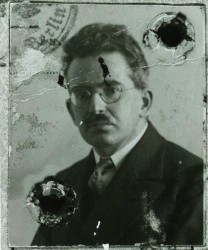
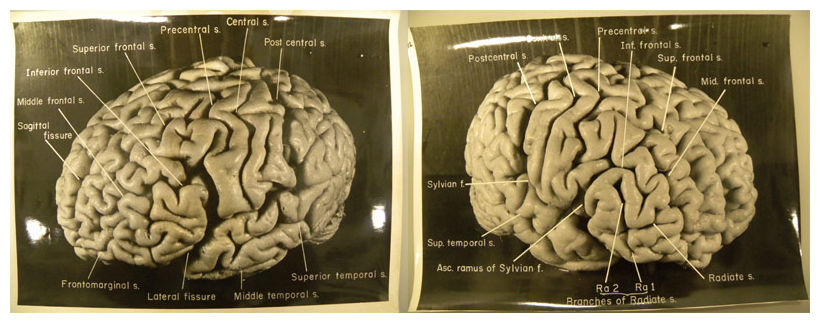
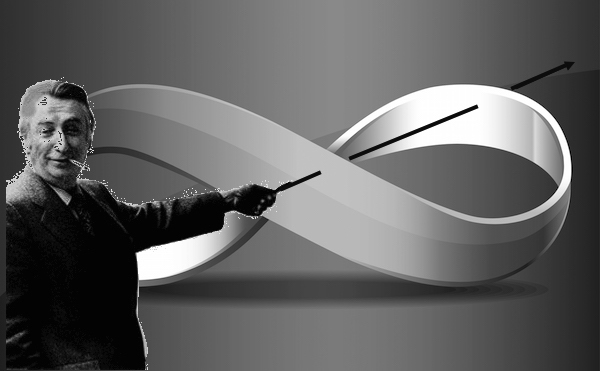
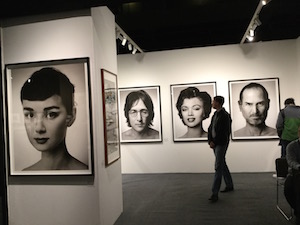
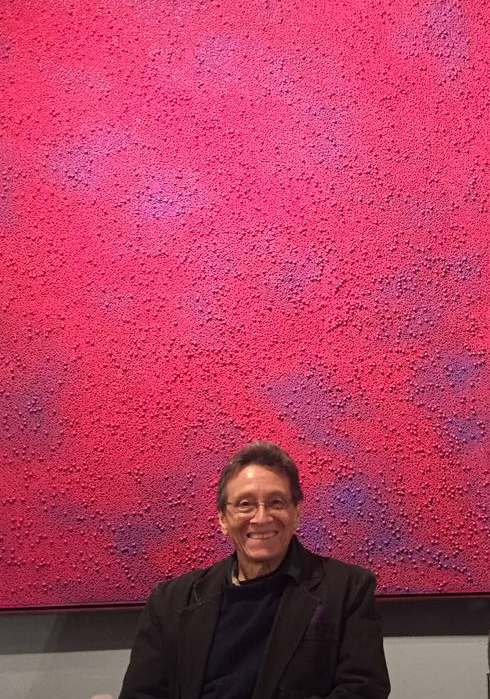

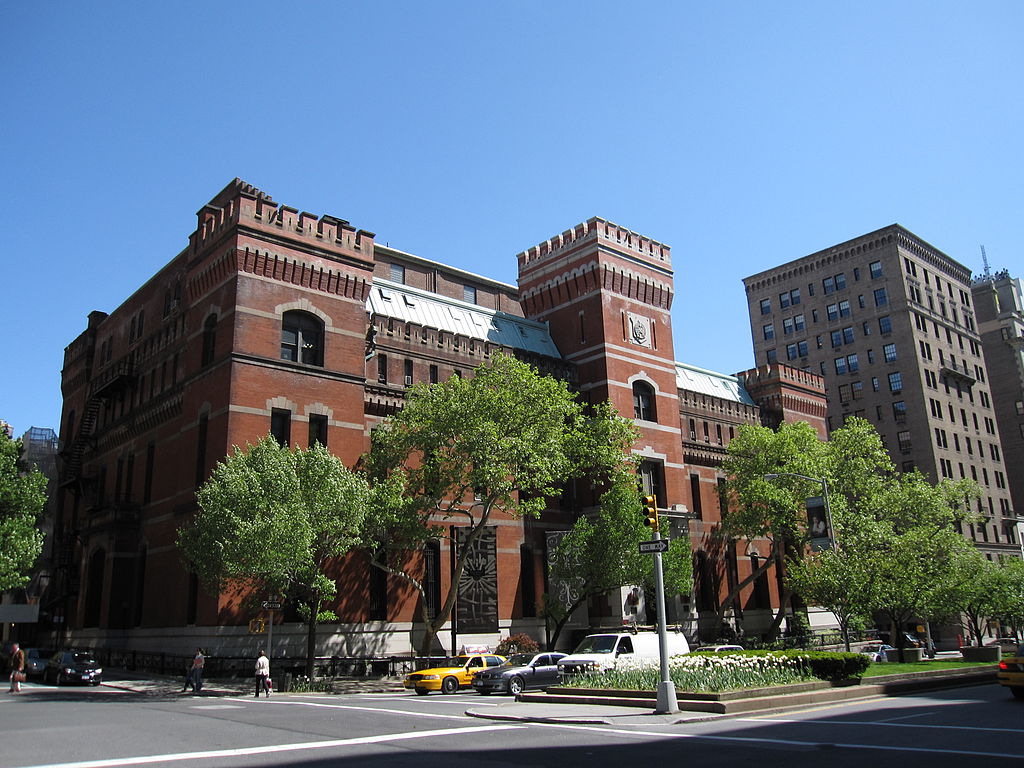
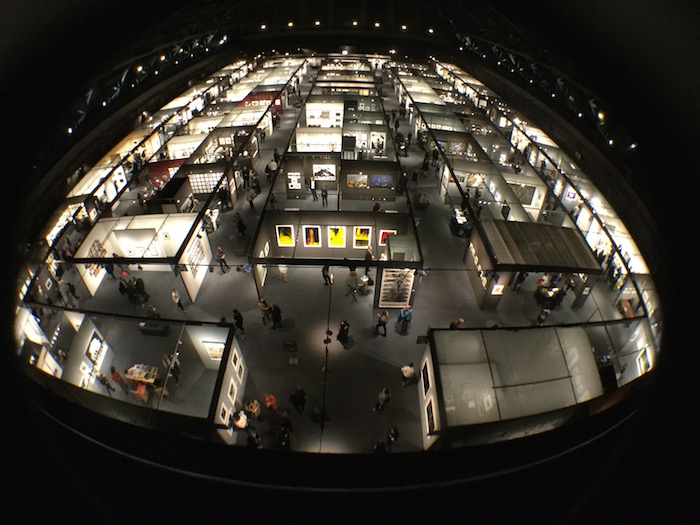




Leave a Comment